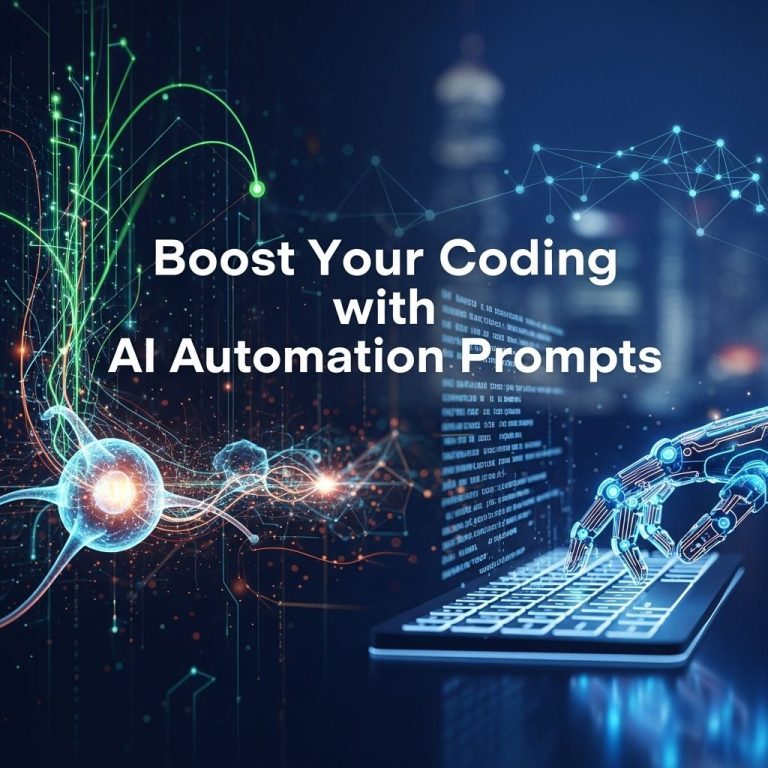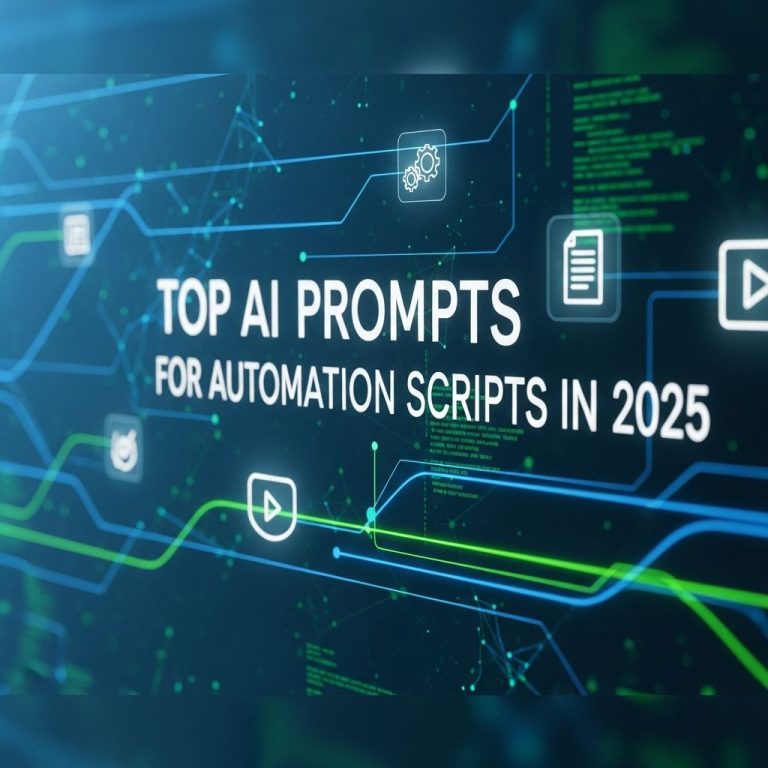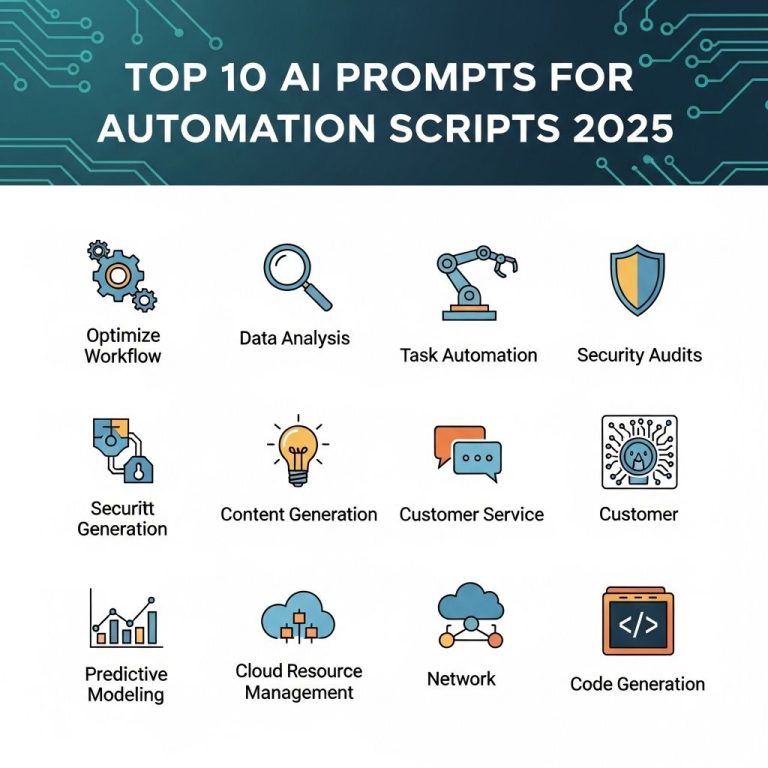In today’s fast-paced digital landscape, businesses are constantly seeking ways to enhance productivity and streamline their operations. One of the most promising solutions is the integration of low-code platforms with artificial intelligence (AI). This marriage of technologies allows organizations to develop applications quickly and efficiently while leveraging the power of AI to optimize workflows. In this article, we’ll explore how low-code AI can transform workflow management, increase efficiency, and drive innovation.
Understanding Low-Code Development
Low-code development platforms are designed to simplify the application development process. They provide a visual environment where developers and non-developers alike can create applications without extensive coding knowledge. This democratization of development allows teams to focus on problem-solving rather than getting bogged down in complex syntax.
Key Features of Low-Code Platforms
- Visual Development: Drag-and-drop interfaces make it easy to create applications.
- Pre-built Components: Use of templates and reusable components accelerates development.
- Integration Capabilities: Seamless integration with existing data sources and APIs.
- Collaboration Tools: Facilitate teamwork across departments.
Introduction to AI in Workflow Automation
Artificial intelligence is a branch of computer science that aims to create systems capable of performing tasks that typically require human intelligence. In the context of workflow automation, AI can analyze data, make predictions, and automate repetitive tasks, significantly increasing efficiency.
Benefits of Integrating AI into Workflows
- Enhanced Decision-Making: AI can analyze large datasets to provide insights that support better decision-making.
- Process Automation: Reduces the time spent on routine tasks, allowing employees to focus on more strategic activities.
- Predictive Analytics: AI systems can predict trends, enabling proactive responses to potential issues.
- Improved Customer Experience: Personalized services can be provided through data-driven insights.
The Synergy of Low-Code and AI
When low-code development meets AI, the potential for innovation is immense. Organizations can rapidly build applications that not only automate workflows but also incorporate intelligent features that continuously learn and improve over time.
Use Cases of Low-Code AI in Workflow Optimization
| Use Case | Description | Benefits |
|---|---|---|
| Customer Service Chatbots | Utilize AI-driven chatbots built on low-code platforms to handle customer inquiries. | 24/7 availability, reduced response times, and increased customer satisfaction. |
| Sales Automation Tools | Create applications that leverage AI for lead scoring and follow-up scheduling. | Higher conversion rates and increased sales efficiency. |
| HR Onboarding Solutions | Automate the onboarding process with AI to personalize training and monitor progress. | Streamlined onboarding and improved employee retention. |
Implementing Low-Code AI Solutions
Adopting low-code AI solutions requires careful planning and strategy. Here are the steps organizations can follow to implement these solutions effectively:
1. Identify Pain Points
Start by analyzing existing workflows to identify areas that could benefit from automation and AI integration.
2. Choose the Right Low-Code Platform
Select a low-code platform that offers AI capabilities aligned with your business needs. Consider factors such as:
- User interface and ease of use
- Integration options with existing systems
- Available AI functionalities
- Support and community resources
3. Develop Prototypes
Utilize the low-code platform to create prototypes of the applications you plan to implement. This iterative process allows for testing and validation before full-scale deployment.
4. Train Your Team
Ensure that your team is trained in both the low-code platform and the AI tools you are implementing. Continuous learning will be key to utilizing these technologies effectively.
5. Monitor and Optimize
After deployment, continuously monitor application performance and collect feedback to optimize workflows and enhance AI capabilities.
Challenges and Considerations
While the benefits of low-code AI are significant, there are challenges to consider:
- Data Quality: AI systems require high-quality data to function effectively. Poor data can lead to misleading insights.
- Security Concerns: With the integration of AI, ensuring the security of sensitive data is critical.
- Change Management: Employees may resist changes to established workflows, so effective change management strategies are essential.
Future Trends in Low-Code AI
As technology continues to evolve, the landscape of low-code and AI will also change. Here are some trends to watch for:
1. Increased Use of Machine Learning
Machine learning algorithms will become more integrated into low-code platforms, enabling users to build smarter applications without deep technical expertise.
2. Greater Emphasis on Citizen Development
More businesses will empower non-technical users to develop applications, driving innovation from all levels of an organization.
3. Enhanced Collaboration Between IT and Business Units
Low-code platforms will facilitate closer collaboration between IT and business units, ensuring that applications meet both technical and operational requirements.
4. Expansion of AI Capabilities
AI capabilities will expand beyond simple automation to include advanced analytics, natural language processing, and more.
Conclusion
The integration of low-code platforms and AI is revolutionizing the way organizations approach workflow management. By leveraging these technologies, businesses can rapidly develop applications that not only enhance operational efficiency but also foster innovation and improve the overall customer experience. As we move forward, embracing low-code AI solutions will be crucial for organizations seeking to stay competitive in an ever-evolving digital landscape.
FAQ
What is low-code AI?
Low-code AI refers to platforms that allow users to build and deploy AI applications with minimal coding experience, enabling faster development and integration into existing workflows.
How can low-code AI improve my workflow?
Low-code AI can streamline processes, automate repetitive tasks, and enhance decision-making, leading to increased efficiency and productivity in your workflow.
Who can benefit from low-code AI solutions?
Low-code AI solutions are beneficial for businesses of all sizes, including non-technical users, small business owners, and large enterprises seeking to innovate their processes without extensive coding knowledge.
What types of applications can be built with low-code AI?
With low-code AI, users can build applications for data analysis, customer service automation, predictive maintenance, and much more, tailored to their specific business needs.
Is low-code AI secure for enterprise use?
Yes, most low-code AI platforms incorporate robust security measures to ensure data protection and comply with industry standards, making them suitable for enterprise applications.
How do I get started with low-code AI?
To get started with low-code AI, choose a suitable platform, explore available templates and tutorials, and begin building your first application to integrate into your workflow.




